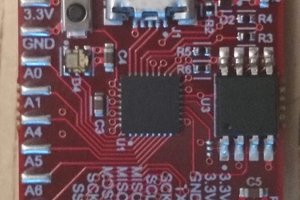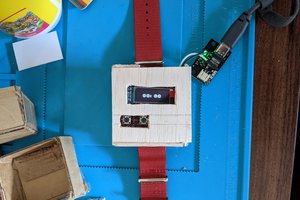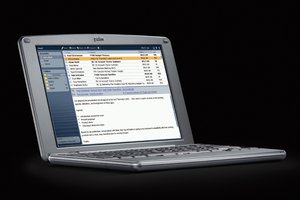Device is essentially composed of 3 simple components:
- A VT100 Terminal emulator running on the onboard ATmega128RFA developed using the Arduino IDE and OpenSource gold library https://github.com/bitbank2/SmartResponseXE
- A powerfull Single Board Computer named NanoPi Neo Air capable of running the latest debian distro with WiFi support
- An ordinary USB PowerSupply to replace the 4 AAA Batteries with something more powerfull
 chmod775
chmod775









 Dan Julio
Dan Julio
 greg
greg
 Maso
Maso
 Ben Combee
Ben Combee
Nice project! I hope the schematics how to connect the to the ISP to program the terminal emulation and the pinout how to connect the Raspi/whatever to the onboard serial follows soon. ;)